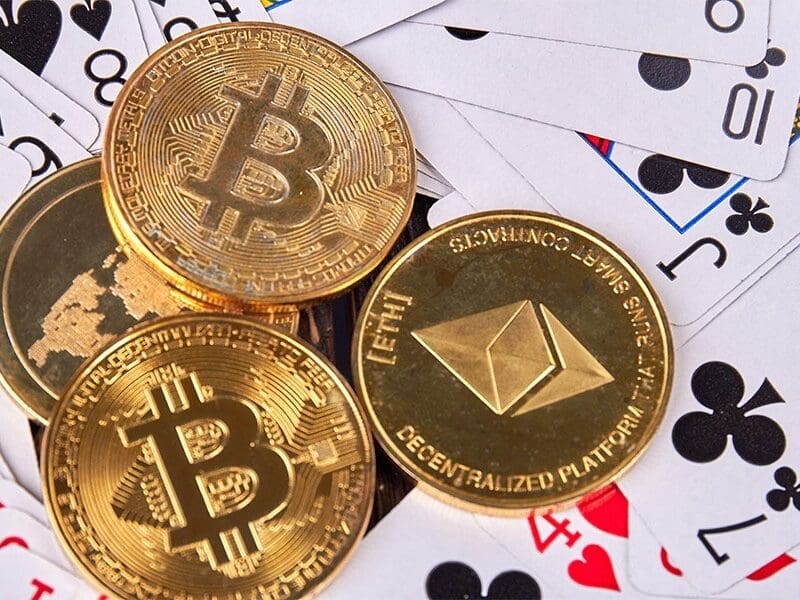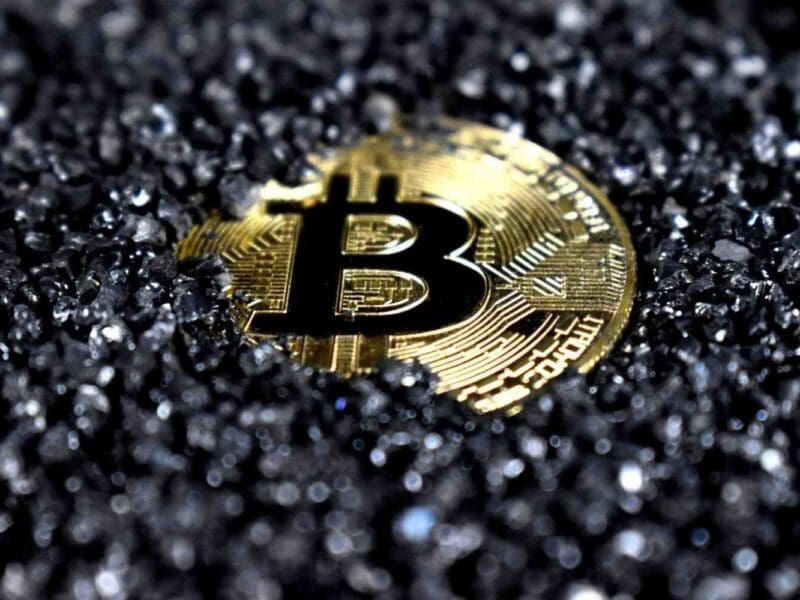
Just how much is 1 ETH to USD? Inside the cryptocoin’s fall
Cryptocurrencies might often seem like a roller coaster ride, but lately, Ethereum is showing some serious promise! Following a stagnant phase, Ethereum, the world’s second-largest cryptocurrency, is stealing the limelight with a refreshing bounce back.
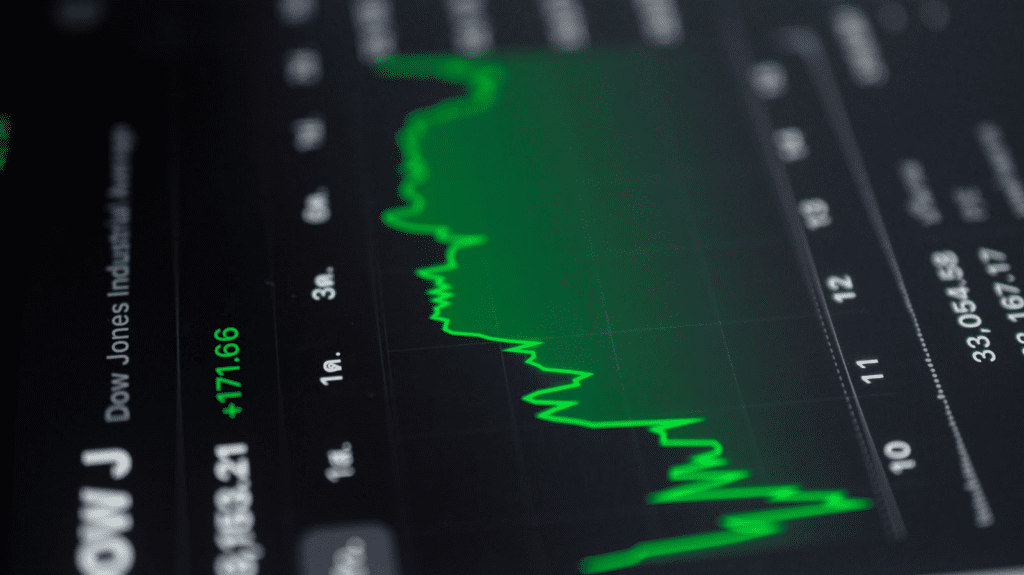
After some downtime, Ethereum has made an exhilarating return, suggesting a bullish wave. Presently valued at $1,619.41 with a promising 1.79% increase, it’s catching everyone’s attention.
What’s particularly thrilling? Ethereum’s breakthrough past the 21-day Exponential Moving Average, a key marker for those in-the-know. It’s an undeniable sign of positive momentum.
Yet, as seasoned crypto enthusiasts would advise: always proceed with caution. While Ethereum’s surge is promising, we’re still dancing in a volatile market. So how much is 1 ETH to USD? Let’s take a look.
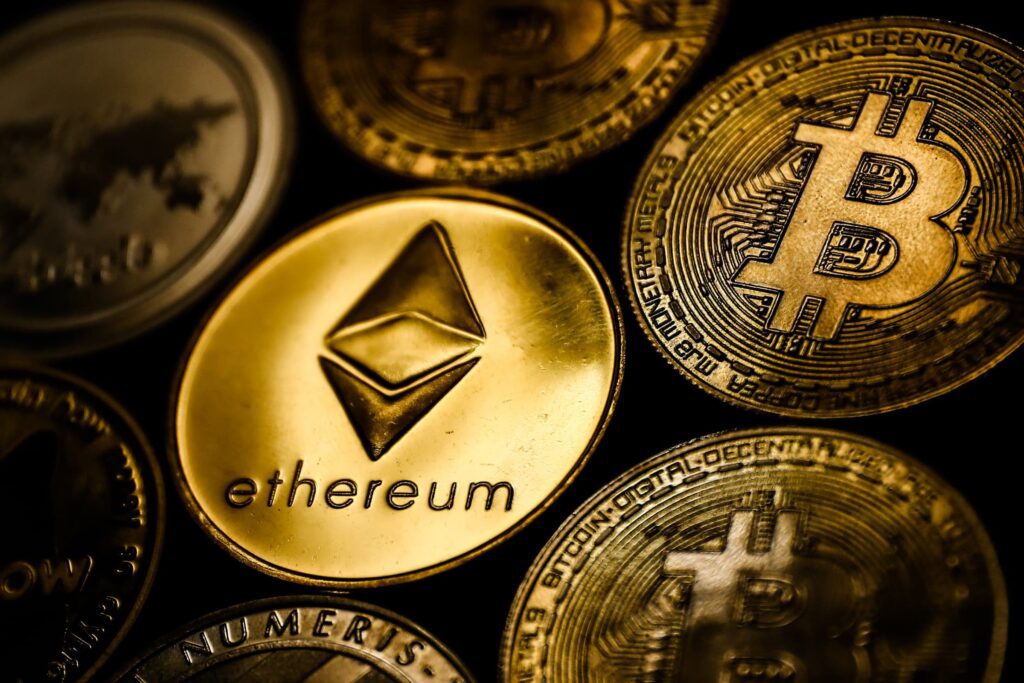
Why This Matters
Ethereum isn’t just any crypto—it’s the nerve center of countless decentralized apps and smart contracts. So, a spike in its price might just be the harbinger of a more widespread market recovery. In essence, Ethereum’s comeback might be that glimmer of sunshine the crypto market has been yearning for.
The important thing, however, is to stay grounded and understand the potential risks involved.
While Ethereum enjoys its moment in the sun, Shiba Inu (SHIB) is making its own headlines. The crypto faced a dip recently, causing a ripple of concern. But current market vibes suggest Shiba Inu isn’t down and out yet.
Its journey is reminiscent of a cinematic battle, with bullish and bearish forces clashing, reshaping SHIB’s future with every tick. The devoted SHIB community remains hopeful, rallying behind strategies to steer the crypto back to prominence. So what does that mean for the question of how much is 1 ETH to USD?
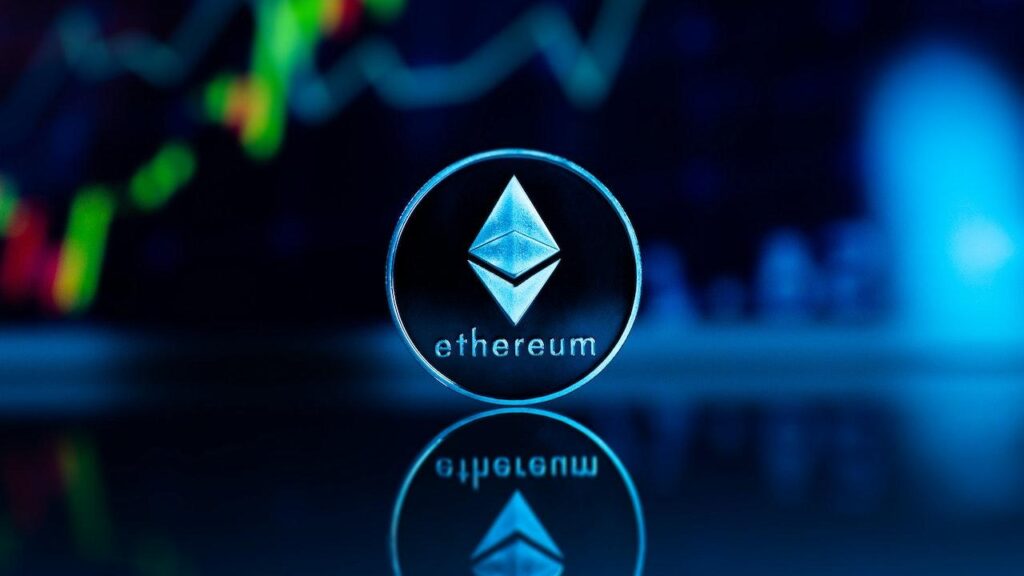
The Dollar’s Shadow Over Crypto
Enter the U.S. Dollar Index (DXY). It’s growing, and that’s casting a daunting shadow over the crypto market. Historically, when the dollar strengthens, it often spells challenges for alternative assets, including cryptos.
Every rise in the DXY appears to be dimming the spark of cryptocurrencies. This juxtaposition between the dollar’s climb and the crypto market’s response isn’t just fascinating—it’s indicative of broader economic trends at play.
As the lines between traditional finance and its digital counterpart blur, they impact each other in pronounced ways. The dollar’s current trajectory sheds light on crypto challenges, fueled by regulatory twists and macroeconomic influencers.
So, as the crypto realm witnesses these twists and turns, the big question remains: are we gearing up for a market revolution?






